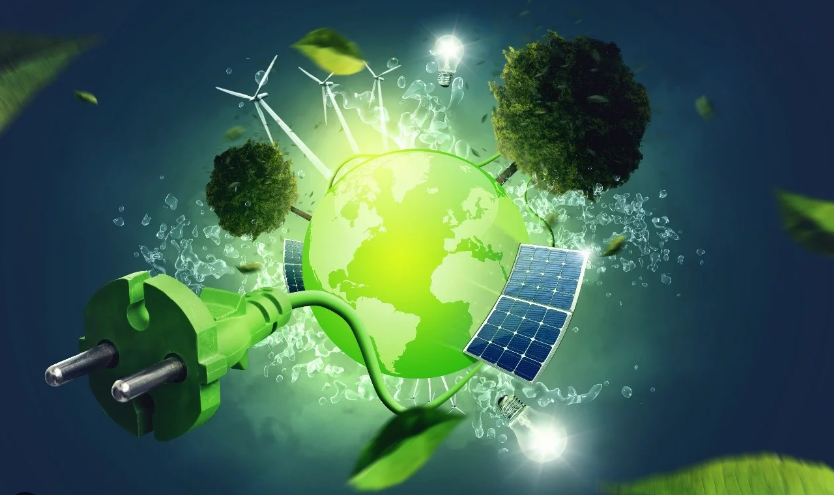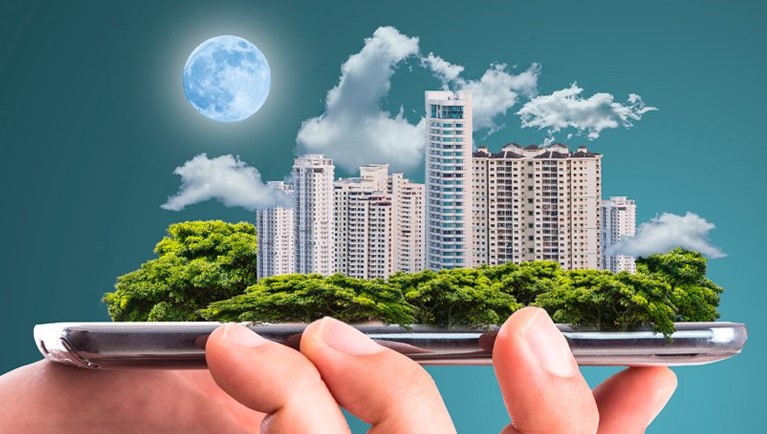In the year 2030, the planet will not have enough resources to support a society with two billion more citizens. According to the Global Risks Report of the Davos World Economic Forum (WEF), the five strongest risks facing humanity are environmental: the climate crisis, loss of biodiversity, extreme weather events, natural disasters, and environmental disasters caused by human beings. But what the report also indicates to us, for some years now, is that other equally relevant challenges are interrelated. Human rights, social inequality and migration, demographic changes, the crisis of democracy, global governance, and the resurgence of populism, as well as the risks derived from cybercrime, the organization of cities, and health, are challenges interconnected and systemic in nature in a globalized world.
A company that intends to act with its back to this reality and does not strategically evaluate or integrate how it is going to deal with these risks in its value chain and business model will not be competitive in the medium and long term. What a company does for the planet and society will affect its activity due to the very socio-ecological system in which it exists and on which it depends. everything in which it has the possibility of influencing.
In the coming years, those companies that manage to integrate innovation frameworks and, at the same time, solve environmental and social challenges will achieve an important competitive advantage: they will be able to develop products, services, processes, and business models closer to the needs of the end user and of the society.

How can we understand sustainable innovation?
Sustainable innovation in companies refers to the implementation of innovative practices and processes that promote long-term economic, social, and environmental development. This implies finding creative solutions that minimize the negative impact on the environment and generate benefits for society.
Some ways to promote sustainable innovation in companies include:
Sustainable design: Integrate sustainability in the design process of products and services, considering aspects such as the efficient use of resources, durability, and recyclability.
Energy efficiency: Adopt technologies and practices that reduce energy consumption and promote the use of renewable sources, such as the installation of solar panels or the optimization of lighting systems.
Responsible resource management: Implement measures to reduce, reuse and recycle materials, as well as properly manage the waste generated by the company.
Collaboration and alliances: Establish partnerships with other companies, organizations, and interest groups to share knowledge, resources, and best practices in sustainability.
Innovation in business models: Explore new approaches and opportunities that combine profitability with social and environmental benefits, such as the circular economy or the offer of products and services based on sustainability principles.
Sustainable innovation not only benefits the environment, but it can also create competitive advantages, enhance a company's reputation, and strengthen relationships with customers and the community. It is a strategic approach that can make a significant contribution to long-term sustainable development.

Why is sustainable innovation important?
Sustainable innovation changes the perspective of how we use natural resources. With climate change, innovation itself becomes a reason to support it.
Here are three additional reasons to support sustainable innovation:
Sustainable innovation is disruptive: The Earth demands a change in our consumption and production habits. Sustainable innovation is challenged to change the status quo and create completely new business models.
Sustainable innovation is collaborative: To innovate you have to be collaborative, but this is especially important when talking about sustainable innovation. Complying with standards and finding new ideas requires multidisciplinary teams.
Best of all, when developing a sustainable solution, people will seek to come together as sustainability creates a noble and necessary purpose for the world. The sense of "working for a common goal" becomes much stronger in these actions.
Sustainable innovation is necessary: Every day consumers demand more from companies that their products and services be developed in a sustainable manner, and, in response, the increase in sustainable ventures is increasing.
Any company that is bent on exploiting resources will lead to a looted planet. If we don't find a balance soon, no one will be able to do business on a planet without resources.
Compared to other types of innovation, sustainable innovation is more disruptive, driven by a strong foundation, and more collaborative.
How can we achieve sustainable innovation?
The debate in the business world focuses on how we can integrate sustainable innovation to generate new business opportunities and create solutions that provide economic, social, and environmental value. But how do companies that successfully integrate both aspects do it and what do they really do? How can social and environmental challenges be incorporated into the company's strategy? In this case, companies that integrate innovation and sustainability are characterized by "defending" three aspects:
- They create economic value with new products and services that seek solutions to social and environmental challenges: Leadership styles are encouraged so that the company can generate competitive advantages by transforming process management and business culture: it is important to introduce clean technologies and analysis of the product's life cycle in process management and promote a work culture and environment that favor creativity and co-creation with the different interest groups.
- They value the performance of the company by integrating the economic result with the analysis of the value generated when social and environmental challenges are resolved: To do this, it is valued according to the triple utility approach (economic, social, and environmental) through the promotion of new methodologies of quantification of the value generated, as is being proposed in the international project on integrated memory.
- Collaborate with different interest groups of the business ecosystem in the different phases of the innovation process: From discovering and understanding the challenges presented to companies by end consumers to generating ideas with citizens, developing prototypes with environmental organizations, carrying out testing and implementation, launching and exploitation of the solution. These types of companies work to make the most of the triple helix model of innovation in the search for concrete solutions to the challenges of end users and social challenges (relationships between the public sector, the private sector, and the educational sector), seek alliances throughout the value chain (suppliers, customers, end users, and even competitors) and actively collaborate with external social agents (citizens, non-governmental organizations, social enterprises, local communities, citizen networks, international organizations, etc. .).
Although we find good examples of integration between social and environmental entrepreneurs, that is, they defend the three aspects that we have just mentioned, in this article I cite some large companies. Because, in recent years, and all over the planet, innovation-oriented towards sustainability has made its way in leading companies such as GE (General Electric), with its Ecomagination initiative; Unilever, with its Sustainable Innovation action; o Indra, with its Sustainability Solutions program.
Next; Allow me to describe the success story of GE and Phillips, which are business projects in which innovation and sustainability have been successfully integrated and the organization has managed to create value.
General Electric uses sustainable innovation to launch new products and redesign its business model. Ecomagination and Healthymagination, for example, are two initiatives that emerged to develop innovative solutions that meet environmental and health challenges and, at the same time, allow the company to achieve economic returns. With Ecomagination, it responds to environmental challenges, generating clean technologies to help energy efficiency and reduce CO2 emissions. From 2005 to 2014, the program translates into $160 billion in benefits. And the same company has seen its own CO2 emissions reduced by 32%, as well as its use of water, managing to save three hundred million dollars. Its product portfolio ranges from low-consumption household appliances or LED lighting to intelligent digital platforms for smart cities or industrial products aimed at sectors such as sustainable energy or mobility, with the design of plane and train engines that reduce CO2 emissions, for example.
Philips is another of the success stories of innovation and sustainability, perhaps one of the most advanced, thanks to its EcoVision program, which it has been implementing since 1998. Originally, the objective of the program was to minimize environmental and social impacts in the supply chain. supply, but it has been advancing, and since 2010 it integrates sustainable innovation as the axis for the creation of new products and solutions, for which the development of efficient technologies has been essential. If Philips' goal is to "improve the lives of 3 billion people every year by 2025", its EcoVision program is the main guide for realizing this company vision. The company has identified three key areas where to direct its innovation: health, energy efficiency, and lighting. And, based on them, EcoVision intends to achieve three objectives: improve people's lives, improve the energy efficiency of its products, and close the life cycle of its products, from materials to processes. For this reason, it works actively in the development of sustainable and eco-efficient technologies that allow consumers to contribute to a healthier world, choosing "green" products that allow them to progressively reduce their environmental impact on a day-to-day basis.
These examples highlight the unstoppable trend of convergence between sustainability and innovation within business strategy, with the aim of not only improving the economic results of companies but also producing a greater positive impact on society in general. Sustainable innovation thus becomes a new axis of value creation and competitiveness.
LEAVE YOUR COMMENT BELOW, THANK YOU!
